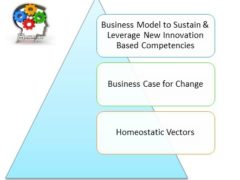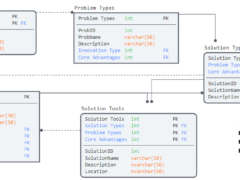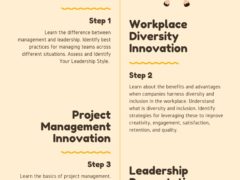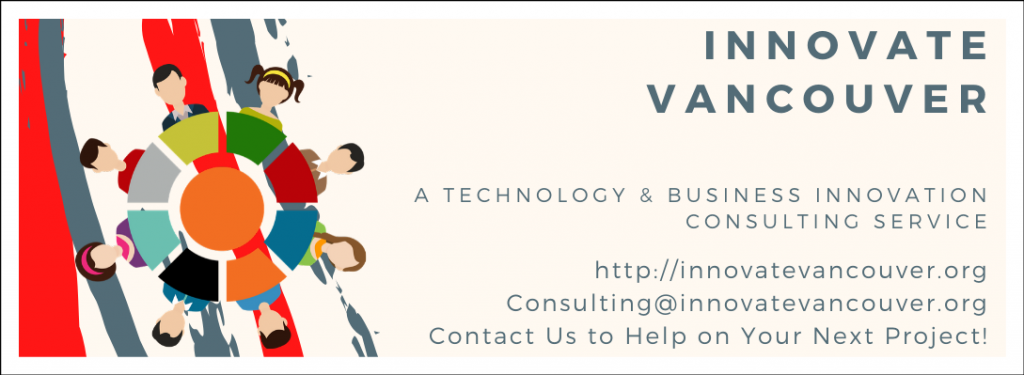Homeostatic vectors (or mechanisms) represent a common challenge for internal stakeholders championing business model innovation. The purpose of the former often supersedes and contradicts that intention of the latter. Homeostatic vectors are focused on achieving and maintaining stability. Business model innovation requires change and embraces a path that often leads through instability.
Examples of homeostatic vectors:
- Resistance
- Comfort zones
- Challenges to the arguments for change
- Distress
- Low prioritization (for change) or high prioritization (for stability)
- Complacency
- Risk aversion

- Politics
- Triangulation
These vectors can be both active or passive with the latter often being the result of the following:
- Poor planning
- Low consultation
- Low quality business case
- Inadequate requirements gathering
- Poor strategy-to-business culture fit
- Inadequate communication (and sharing of information)
- Inadequate leadership (to influence engagement, commitment, and change at all levels)
Change management tools are often the ‘go to’ for driving incremental adjustments in value across the business’ ecosystem. Unfortunately many of these tools will find their performance lacking if:
- The foundation to start the change does not exist,
- The resources and commitment from all levels to champion the change does not exist, and/or
- The business case for sustaining the change does not exist
Business model innovation is not as simple as ‘building the foundation and creativity will come.’ Creativity within the business sector is an agile and ever-changing construct. It requires fuel and commitment to produce continuing value. Innovation goes beyond merely rehearsing old ideas. It requires more than championing ideas that have already received applause. Without the resources to move forward, ideas stall.
Business Model Innovation is about engaging the new frontier of ideas and technology as new opportunities, customer problems, and:
- Readjusting what ‘business as usual’ looks like
- Readjusting how strategy, processes, and resources are allocated
- Readjusting how the business model components collaborate, cooperate, or compete to generate added value
- Readjust how learning is generated and shared across business model units. Incorporate it into best practices. Leverage it to disrupt the market………and
- Readjust how barriers, conflict, and risk are engaged
Every business consultant has a story to share. They were brought on board to ‘fix something that was broken.’ They discovered the current system’s functioning. It not only reinforced the current condition. It also depended on being left alone to sustain the status quo.
In many instances, the appeal of the status quo was not about maintaining what was visible and known. It was more about lacking the resources, leadership, or business model competencies to support and sustain the changes needed. Both worked together to reinforce existing homeostatic vectors.

Knowledge is crucial towards getting out of the above described situation; but the question is ‘knowledge of what?’ Solutions can be done-to the problem or they can be done-with the problem. With a little creativity each business has the potential to leverage existing stakeholder visions and dreams for the business. The next step is to insure that a business model-to-strategy fit exists. Without it the homeostatic mechanisms that reinforced the previous challenges will likely reassert themselves.
The question is not who broke it but why is it broken and is it being reinforced? How does your business compare against the industry benchmarks? Competitors? (cost, efficiency, error rate, satisfaction, growth, innovation, etc)
Travis Barker, MPA GCPM
Innovate Vancouver
Innovate Vancouver is a Technology and Business Information Consulting Service (TBICS) located in Vancouver, BC. Contact Innovate Vancouver to help with your new project.




